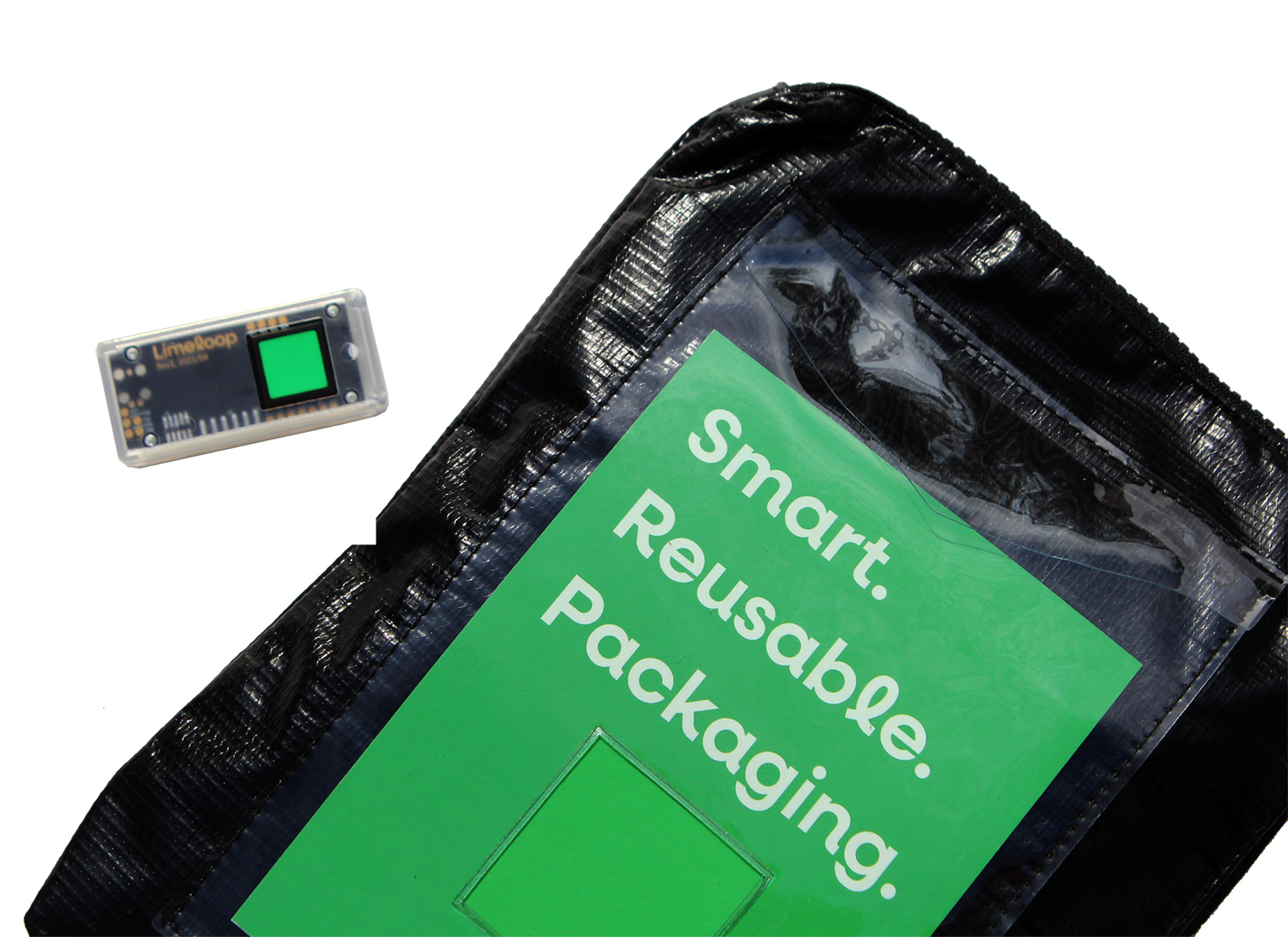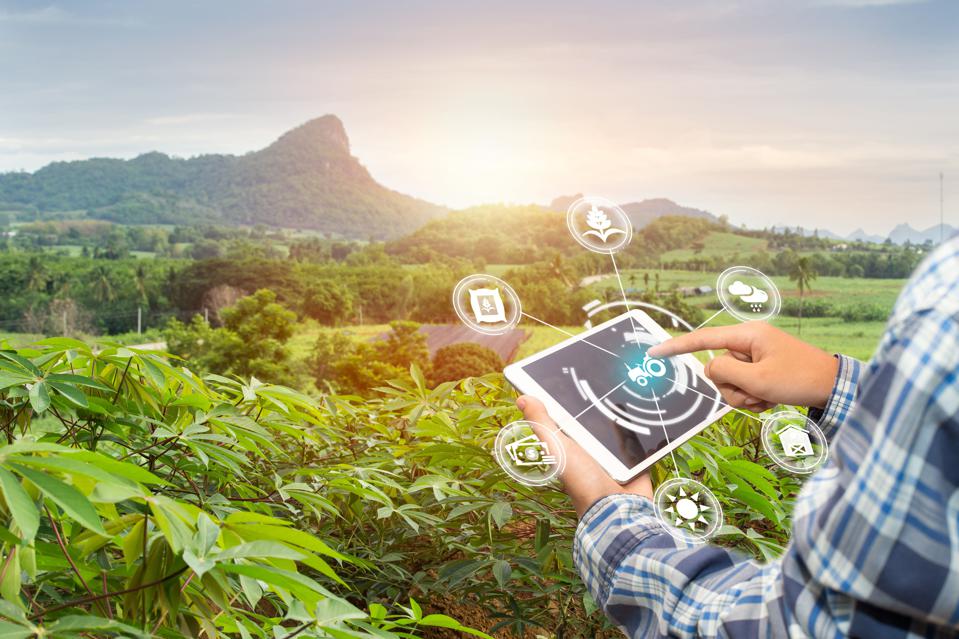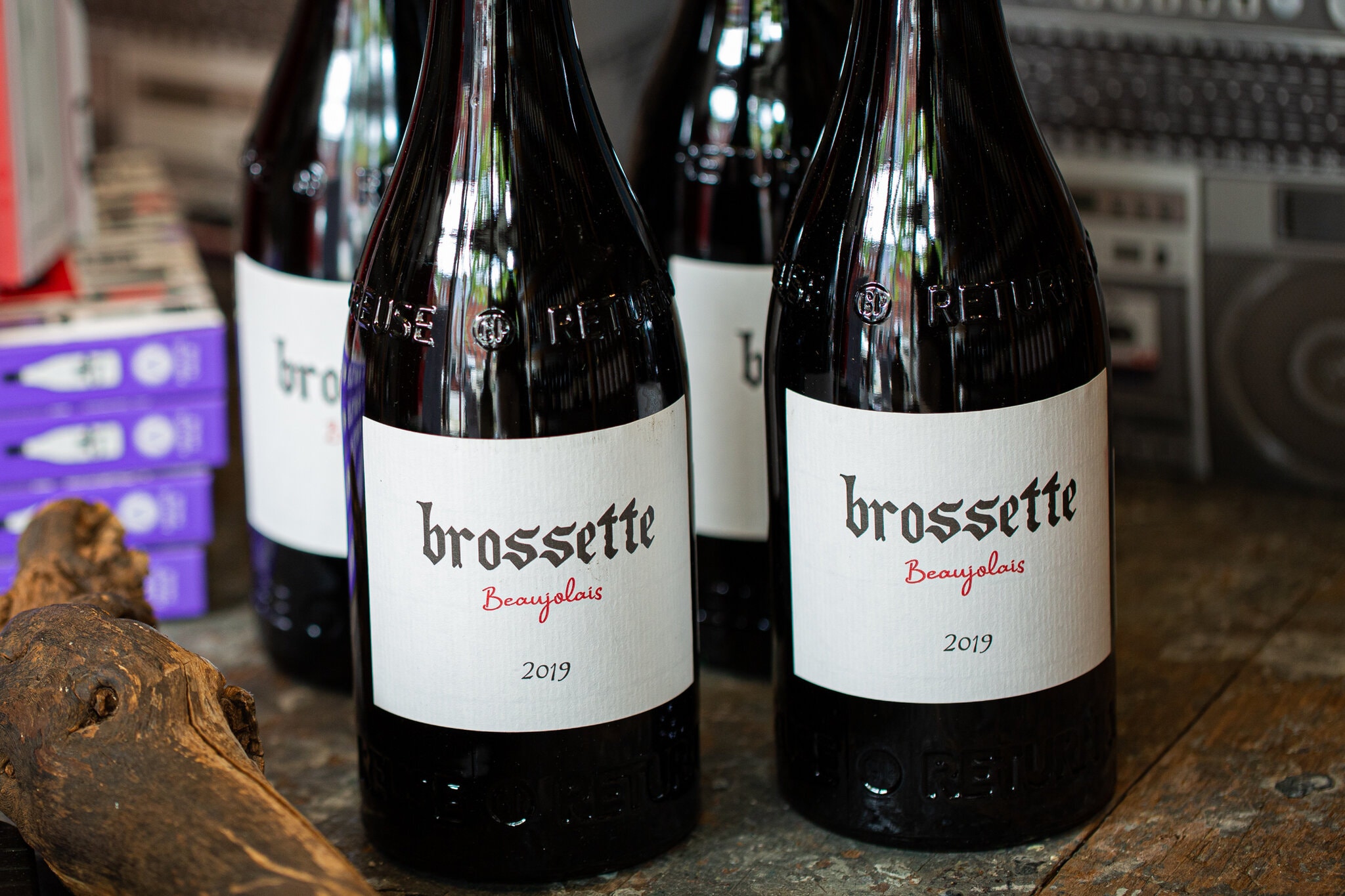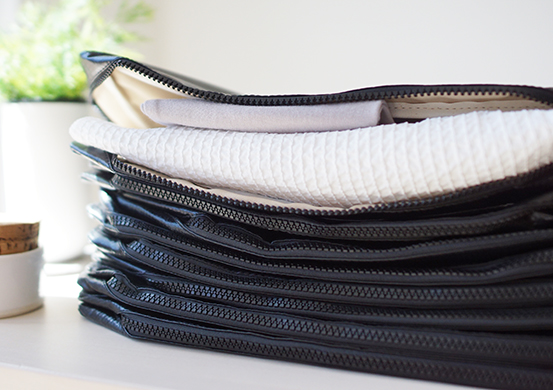Sustainability / Logistics / Technology
Discover how sustainable tech, from a reusable wine bottle to a reusable produce bin to even our very own LimeLoop Shipper, is promoting reuse, allowing for in-depth data analysis and revealing what those stories have to say about the future of the shipping industry.

THE LIMELOOP BLOG: Smart, sustainable Shipping
By Christina Oliver, CONTRIBUTOR AT LimeLoop
How we consume our goods matters, and it matters most right now. E-commerce penetration, due to COVID-19, grew to ten year projections in 90 days. Thus, with the influx of e-commerce comes an influx of packages, yet packages without voices.
What if we could communicate with our packages, while limiting the waste accumulating with all that plastic and cardboard? What if brands and consumers could not only track their packages in real time, but be better able to plan their days around deliveries?
It may seem a thing of fiction, but it isn’t as far-fetched as you might think. We just have to listen to the data, and let the packages speak for themselves.

HOW TECHNOLOGY CAN HELP RESTORE FOOD AND AGRICULTURE PRODUCTION
By Peter Pluim, CONTRIBUTOR AT FORBES
On digital, cloud and intelligent technologies shifting the entire agricultural supply chain to a circular business model by connecting linear, fragmented supply chains into unified, collaborative, and intelligent business networks:
“More invisible to the eye of the consumer, but highly impactful is the use of cloud platforms and services to aggregate and analyze data from the entire production process, such as the data from soil sensors, the crop growth captured by drones, and weather updates,”…

THE MESSAGE IN A REUSABLE WINE BOTTLE: COMBAT CLIMATE CHANGE
By Eric Asimov, CONTRIBUTOR AT THE NEW YORK TIMES
What reusable wine bottles, and their creators, say about our single-use system: time to get back to the Milk-Man Method.
The wine industry moves to old methods of shipping and packaging. With bottles that can be used 10 times or more, vineyards and distributors are able to significantly reduce the carbon footprint, to-boot, from bottle manufacture, to transport it to the winery, to fulfillment and then distribution globally, and back again.
